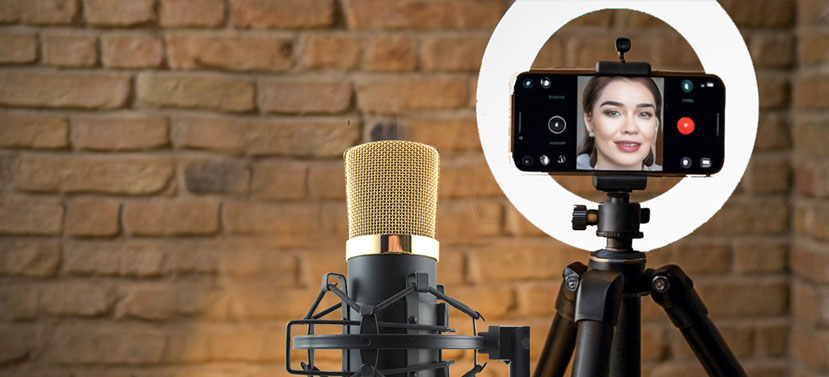How to Make Social Media Videos for Beginners
Your Ultimate Guide to Engaging Content
Why Video is King on Social Media (and How You Can Join the Reign)

Planning Your Video Content: The Blueprint for Success
Before you even think about hitting record, the most crucial step in how to make social media videos for beginners is planning. Many beginners jump straight into filming, only to find themselves with hours of unusable footage and no clear message. Don’t fall into that trap! A well-thought-out plan saves time, reduces frustration, and ensures your videos resonate with your target audience. This isn’t about rigid scripts, especially for short-form content, but rather a clear understanding of your objective, audience, and message.
Define Your Goal and Audience
Why are you making this video? Is it to educate, entertain, inspire, or sell? Knowing your goal will dictate your content and style. Equally important is understanding who you’re talking to. Are they potential customers, existing clients, or fellow enthusiasts? What are their pain points? What kind of content do they already engage with? For instance, if you’re a small business selling handmade jewelry, your audience might be interested in behind-the-scenes glimpses of your crafting process, or quick tips on styling accessories. Tailoring your content to their interests is key to engaging social media video tips.
Brainstorming Social Media Video Content Ideas

Essential Gear: Setting Up Your Home Video Studio for Beginners
Your Smartphone: A Powerful Pocket Studio
Beyond the Phone: Budget Video Equipment for Content Creators

Filming Like a Pro: Simple Techniques for Great Shots
Now that you have your plan and your basic gear, it’s time to hit record! Don’t let the camera intimidate you. The key to making professional videos on a budget isn’t about complex camera settings; it’s about understanding a few fundamental principles that will instantly elevate your footage. Remember, practice makes perfect, so don’t be afraid to experiment and review your shots.
Composition and Framing: What Your Audience Sees
Lighting and Audio: The Unsung Heroes of Video Quality
Keep it Short and Engaging: The Social Media Sweet Spot

Easy Video Editing for Small Business: Bringing Your Vision to Life
Filming is only half the battle; editing is where your raw footage transforms into a polished, engaging story. For many beginners, the thought of video editing can be daunting, conjuring images of complex software and steep learning curves. But fear not! There are fantastic, user-friendly tools available that make easy video editing for small business owners and content creators a reality. You don’t need to be a professional editor to create compelling content.
Choosing Your Beginner Video Editing Software for Marketing
Quick Video Editing Tips for Social Media Ads (and All Your Content!)
Beyond the Basics: Elevating Your Video Marketing Strategy for Small Businesses
You’ve learned the fundamentals of how to make social media videos for beginners, from planning and filming to editing. But creating great videos is just one piece of the puzzle. To truly maximize your impact, you need a cohesive video marketing strategy for small businesses. This involves understanding how your videos fit into your overall marketing goals and continuously optimizing your approach.
Consistency is Key
One-off viral videos are rare. Sustainable growth comes from consistent content creation. Establish a realistic posting schedule and stick to it. Your audience will come to expect and look forward to your content. Whether it’s once a week or three times a week, consistency builds anticipation and keeps your brand top-of-mind.
Engage with Your Audience
Social media is a two-way street. Don’t just post and disappear. Respond to comments, answer questions, and acknowledge shares. This interaction builds community and loyalty. Ask questions in your videos to encourage engagement, and use polls or Q&A stickers on platforms like Instagram Stories to gather feedback and ideas for future content.
Analyze Your Performance

